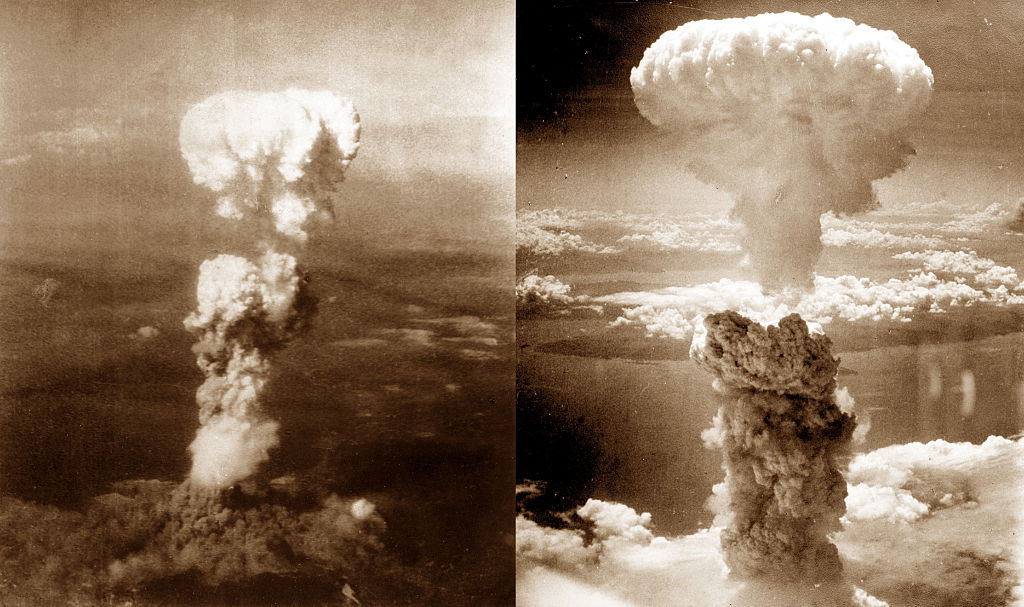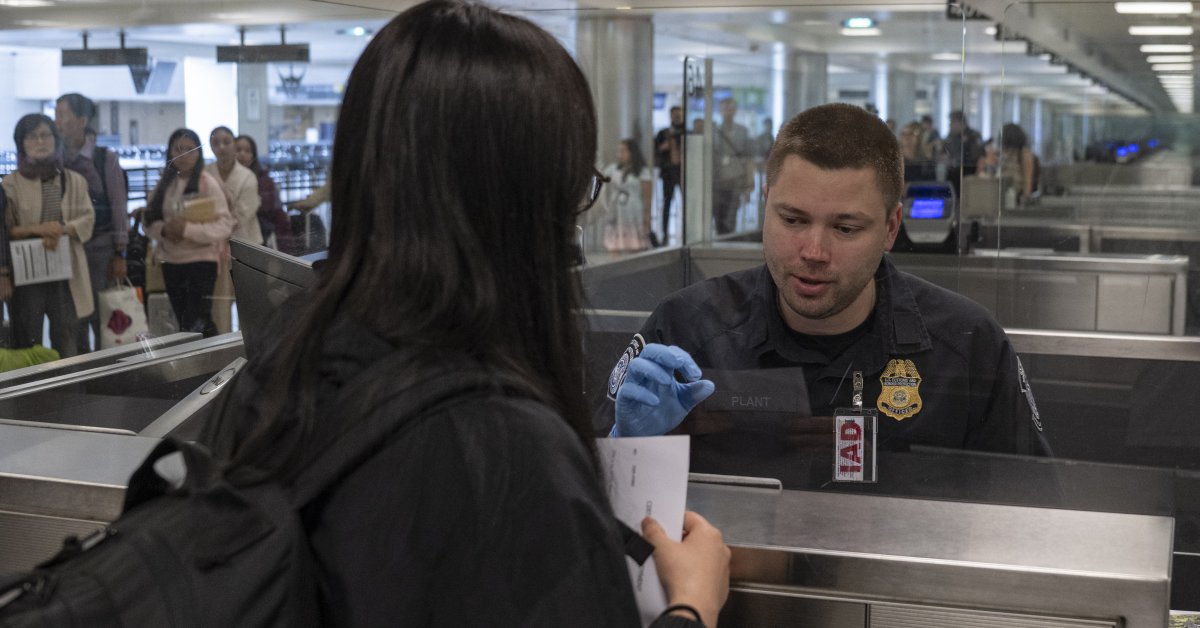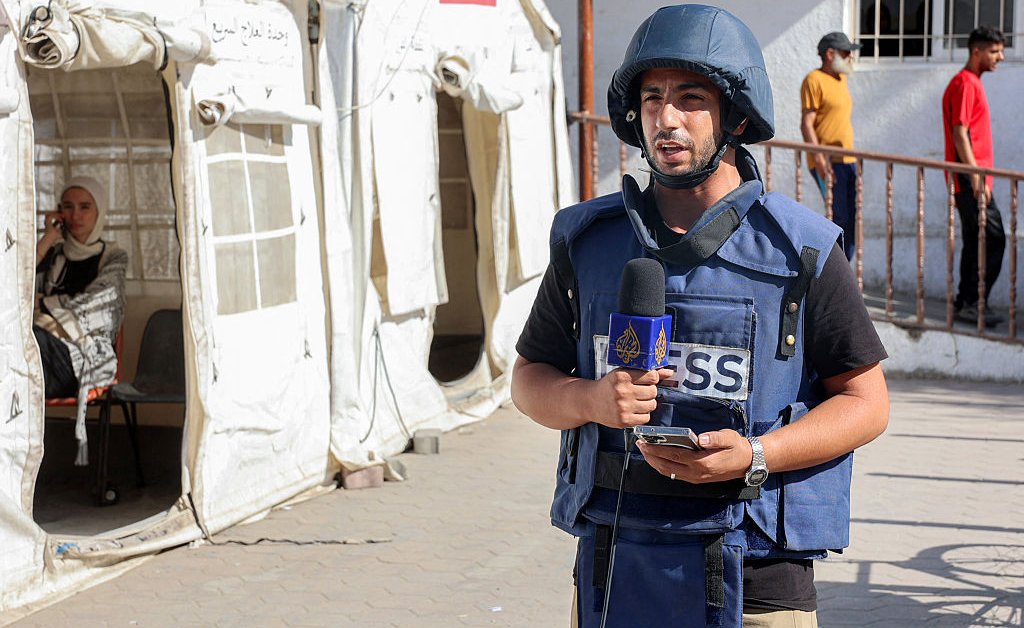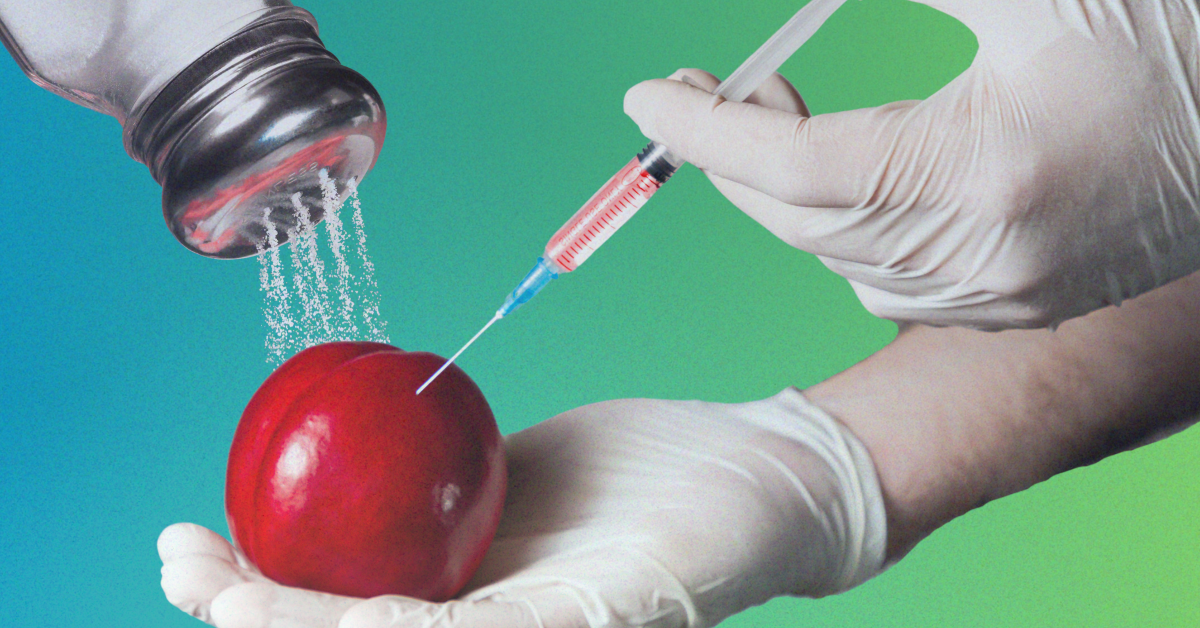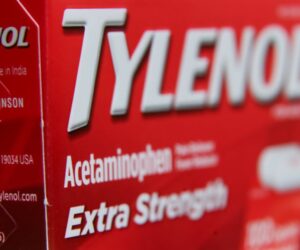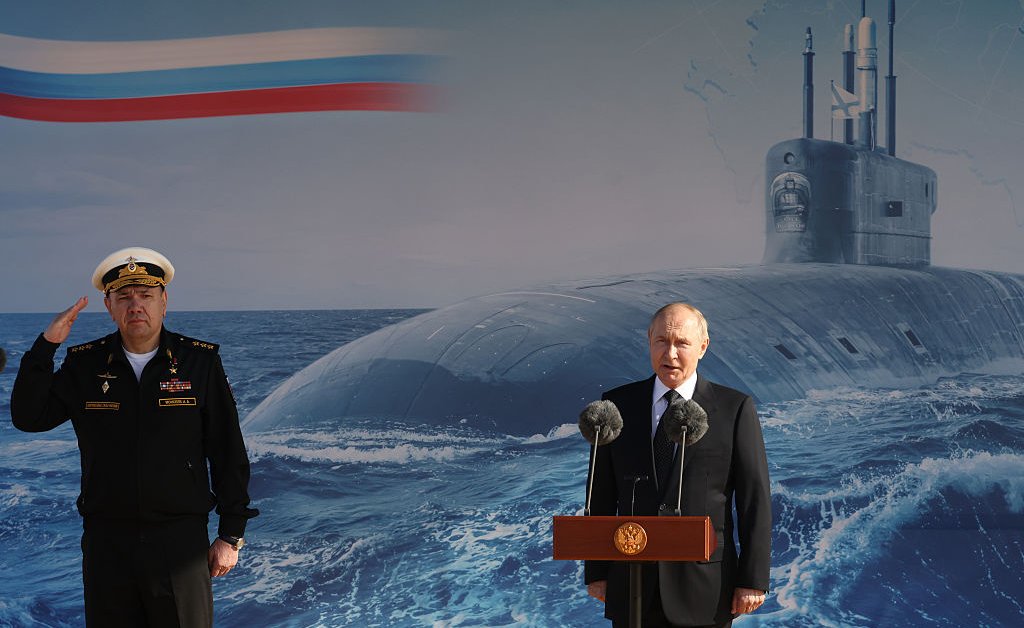
Eighty years since the first and only time the atomic bomb was used for warfare on Aug 6. and Aug. 9, 1945, survivors of the attacks on Hiroshima and Nagasaki open up about what it was like on the ground in Atomic People, airing on PBS Aug. 4.
The U.S. had been developing the bombs since the Japanese attacked Pearl Harbor in 1941. When the U.S. dropped them four years later, they instantly killed about 78,000 of Hiroshima’s 350,000 residents and about 40,000 of Nagasaki’s 240,000 residents. About a week after the bombings, on Aug. 15, it was announced that Japan would surrender, officially signing the documents on Sep. 2 and ending World War II.
[time-brightcove not-tgx=”true”]
Most of the survivors were children when the bombs were dropped, yet they can recall those fateful days vividly.
Dripping flesh
Survivors recall initially seeing bright lights. In Nagasaki, Kikuyo Nakamura, who was 21 back then, said the mountains looked like they were on fire. Students in Hiroshima recall an intense light, a blinding light speeding towards them in their classroom.

The effects of the bombing could be seen immediately in Hiroshima, survivors say. One man describes the roof tiles on his home shattering and a hole opening up in the ceiling. Hiromu said the sky looked like it was “raining fire.”
Michiko Kodama was in school at the time and recalls hiding under a desk as the ceiling came crashing down. Windows shattered and splintered across the classroom desks and chairs.
Hiromu describes seeing someone with “skin hanging off his face like an old cloth,” the “flesh dripping like candle wax.” Kodama’s father collected the 7-year-old from school, and while he was carrying her on his back, she saw people with melting flesh—which she calls “a scene from hell.” Chieko Kiriake was 15 when she saw victims with skin from their legs peeling off.
As victims started to die, students had to dig holes for them in their playgrounds. “I cremated them,” Kiriake says. Underneath Hiroshima’s Peace Memorial Park are the remains of tens of thousands of victims.
The aftermath
Survivors who lost their homes had to build barrack huts. Food was scarce. Survivors describe going to the mountains to look for trees with edible fruits. They even ate bees eggs from bees nests. As Seiichiro Mise puts it, “We really lived like cavemen.”
One survivor said her father died after his stomach turned black and blue, and he vomited blood. By the end of 1945, about 90,000 people in Hiroshima and Nagasaki had died.

Kiyomi Iguro, who was 19 in 1945, did not have any immediate injuries from the bombing, but believes that the miscarriage she had later in life was caused by radiation exposure from the bomb. “I thought about taking my life,” she says in the doc, tempted to overdose on sleeping pills. A couple, Hiroshi and Keiko Shimizu, describe being too afraid to have children because of what abnormalities they might pass on. Nakamura said her son developed leukemia as an adult, and the doctor told her it was likely because she was breastfeeding.
Survivors received some medical care and some form of compensation, but campaigns for more compensation and the abolition of nuclear weapons are ongoing. The doc ends with survivor Sueichi Kido at the United Nations in 2023, speaking about how scenes of the wars in Ukraine and Gaza make him afraid that another nuclear war could be on the horizon. Survivors hope that testimonies like Atomic People, on the devastating effects of the bomb, will prevent history from repeating itself.
Atomic People premieres Aug. 4 at 10 p.m. ET.

